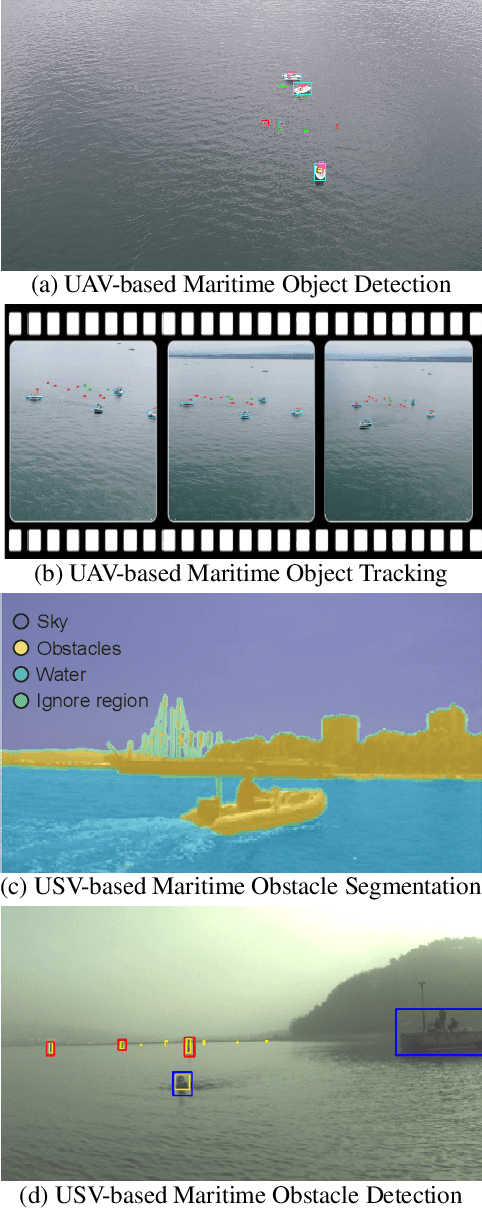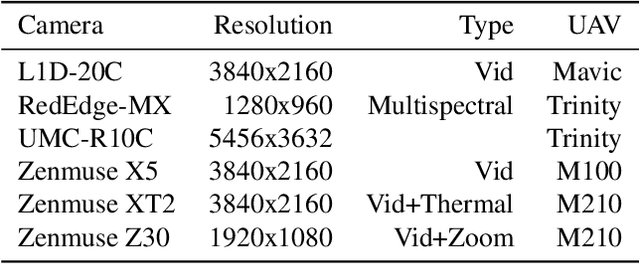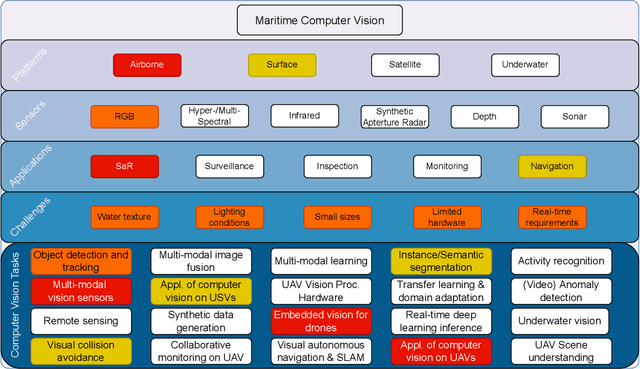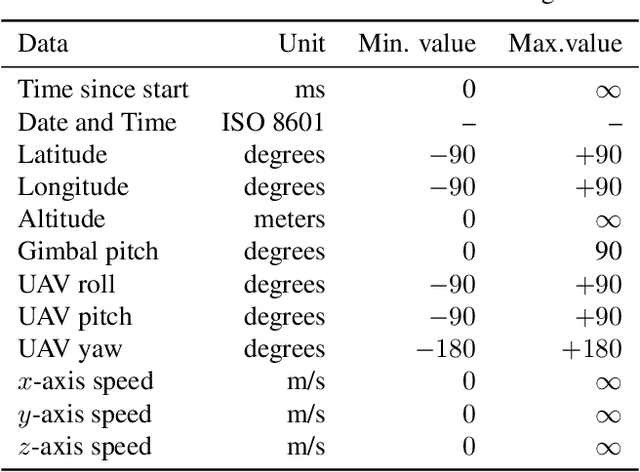Arpita Vats
Recovering from Privacy-Preserving Masking with Large Language Models
Sep 23, 2023Abstract:Model adaptation is crucial to handle the discrepancy between proxy training data and actual users data received. To effectively perform adaptation, textual data of users is typically stored on servers or their local devices, where downstream natural language processing (NLP) models can be directly trained using such in-domain data. However, this might raise privacy and security concerns due to the extra risks of exposing user information to adversaries. Replacing identifying information in textual data with a generic marker has been recently explored. In this work, we leverage large language models (LLMs) to suggest substitutes of masked tokens and have their effectiveness evaluated on downstream language modeling tasks. Specifically, we propose multiple pre-trained and fine-tuned LLM-based approaches and perform empirical studies on various datasets for the comparison of these methods. Experimental results show that models trained on the obfuscation corpora are able to achieve comparable performance with the ones trained on the original data without privacy-preserving token masking.
Facial Emotion Recognition
Jan 26, 2023Abstract:We present a facial emotion recognition framework, built upon Swin vision Transformers jointly with squeeze and excitation block (SE). A transformer model based on an attention mechanism has been presented recently to address vision tasks. Our method uses a vision transformer with a Squeeze excitation block (SE) and sharpness-aware minimizer (SAM). We have used a hybrid dataset, to train our model and the AffectNet dataset to evaluate the result of our model
1st Workshop on Maritime Computer Vision 2023: Challenge Results
Nov 28, 2022



Abstract:The 1$^{\text{st}}$ Workshop on Maritime Computer Vision (MaCVi) 2023 focused on maritime computer vision for Unmanned Aerial Vehicles (UAV) and Unmanned Surface Vehicle (USV), and organized several subchallenges in this domain: (i) UAV-based Maritime Object Detection, (ii) UAV-based Maritime Object Tracking, (iii) USV-based Maritime Obstacle Segmentation and (iv) USV-based Maritime Obstacle Detection. The subchallenges were based on the SeaDronesSee and MODS benchmarks. This report summarizes the main findings of the individual subchallenges and introduces a new benchmark, called SeaDronesSee Object Detection v2, which extends the previous benchmark by including more classes and footage. We provide statistical and qualitative analyses, and assess trends in the best-performing methodologies of over 130 submissions. The methods are summarized in the appendix. The datasets, evaluation code and the leaderboard are publicly available at https://seadronessee.cs.uni-tuebingen.de/macvi.
Estimation of Warfarin Dosage with Reinforcement Learning
Sep 15, 2021


Abstract:In this paper, it has attempted to use Reinforcement learning to model the proper dosage of Warfarin for patients.The paper first examines two baselines: a fixed model of 35 mg/week dosages and a linear model that relies on patient data. We implemented a LinUCB bandit that improved performance measured on regret and percent incorrect. On top of the LinUCB bandit, we experimented with online supervised learning and reward reshaping to boost performance. Our results clearly beat the baselines and show the promise of using multi-armed bandits and artificial intelligence to aid physicians in deciding proper dosages.
Understanding the hand-gestures using Convolutional Neural Networks and Generative Adversial Networks
Nov 10, 2020



Abstract:In this paper, it is introduced a hand gesture recognition system to recognize the characters in the real time. The system consists of three modules: real time hand tracking, training gesture and gesture recognition using Convolutional Neural Networks. Camshift algorithm and hand blobs analysis for hand tracking are being used to obtain motion descriptors and hand region. It is fairy robust to background cluster and uses skin color for hand gesture tracking and recognition. Furthermore, the techniques have been proposed to improve the performance of the recognition and the accuracy using the approaches like selection of the training images and the adaptive threshold gesture to remove non-gesture pattern that helps to qualify an input pattern as a gesture. In the experiments, it has been tested to the vocabulary of 36 gestures including the alphabets and digits, and results effectiveness of the approach.
 Add to Chrome
Add to Chrome Add to Firefox
Add to Firefox Add to Edge
Add to Edge